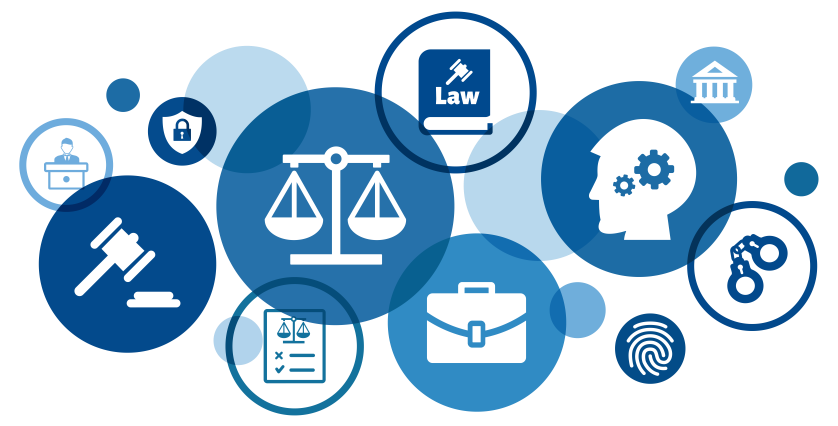
AIPAS Vision
Law Enforcement Agencies (LEAs) must balance the significant opportunities AI presents for safeguarding society with society’s concerns and expectations about its responsible use. AIPAS will design practical mechanisms and a software tool for UK LEAs to assess and implement AI applications accountably.
OBJECTIVES
Operational Objective
Improve the knowledge and capabilities of UK LEAs and actors in the P&S domain to assess and integrate AI Accountability into the design, procurement, and deployment decision-making for specific AI capabilities.
Policy Objective
Support policy-making and governance bodies with a mature, tested and (expert and citizen) validated definition of AI Accountability for the nationally critical area of Policing and Security (P&S).
Societal Objective
Improve society’s participation in discussions and decision-making about AI use for P&S purposes as an integral part of AI Accountability procedures.
LATEST UPDATES

AIPAS final consortium meeting in Sheffield

AIPAS 12 Principles







